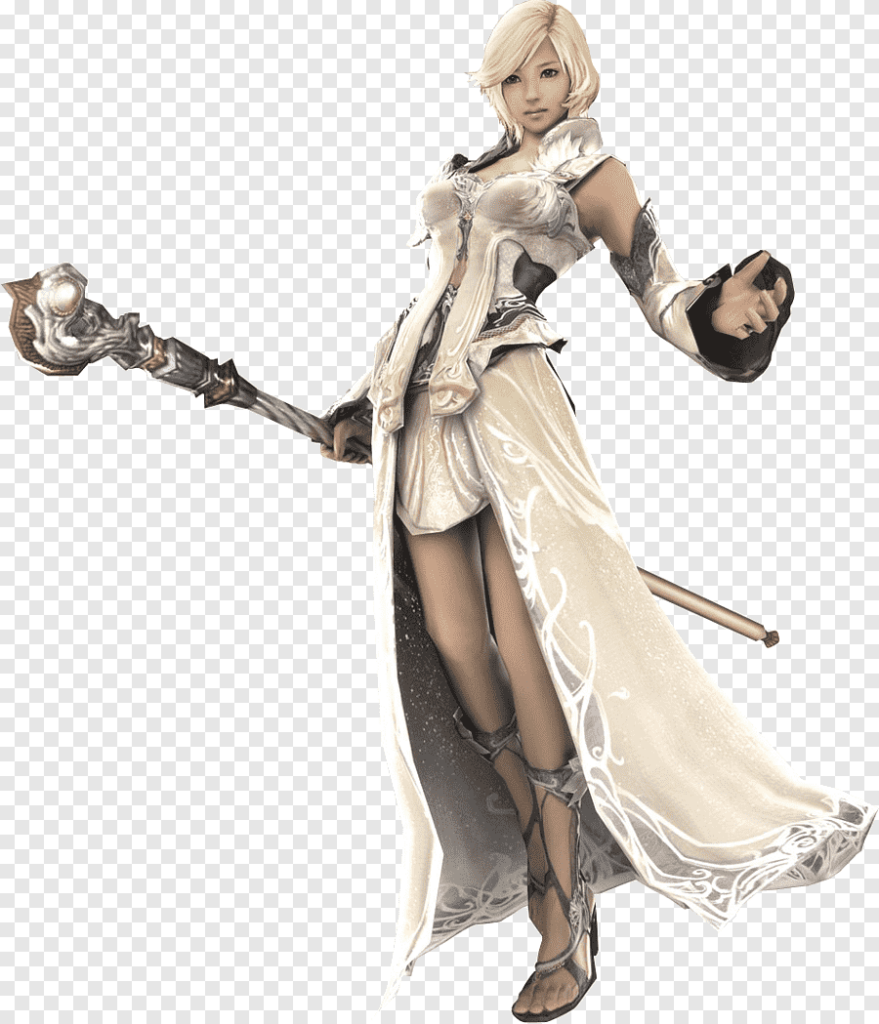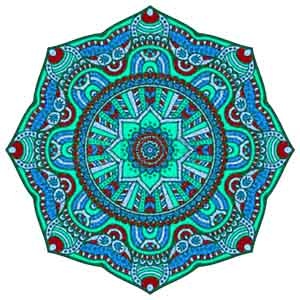
Figure Painting for Role Playing Figures First Steps
Once a figure is prepared, the colour scheme planned out and the priming is completed, it’s time to paint.
Every figure is unique and each artist brings a different approach to creating the look they want. Some basics apply to most figures, and practicing these techniques on figures such as giants and monsters that are larger than the 25mm human sized figures is a good place to begin.
The First Coat Is The Deepest
The best way to start a figure painting job is to begin by painting the lightest colours first, particularly if the lightest colours are situated in areas that are difficult to access. The reason for this is simple. If light colour accidentally strays onto an area that will eventually be painted with a darker colour, it won’t be hard to cover, but if the first colour applied was the darkest and that colour strayed onto an area to be painted white or yellow later, it would take many more coats to cover the mistake.
As pointed out in the Part 2 of this series, it is important to try to place contrasting colours next to each other to allow the various features of the miniature to seen properly in the finished product. By starting with light colours and working towards darker tones, the artist will have the chance to give each section the detailed attention that will make it a piece to be proud of.
Details, Details
Unless they are in particularly inaccessible areas, the smallest details are usually best left until last. A “helping hands” articulated hobby clamp is handy for this kind of work, keeping the figure held steadier than the human hand is able to. A magnifier may also be a good idea, although working under one takes a good deal of practice.
One good reason to leave smaller features until the end is that they are the easiest to accidentally obscure while trying to perfect the larger portions of the figure. Generally, belts, jewelry and other fine details are easiest to approach with a fine brush once the bulk of the figure is complete. These smaller items usually require less drybrushed (See Part 4 of this series) detail than larger areas, meaning that there is also less chance of accidentally applying the detail colour where it isn’t wanted.
The Eyes Have It
Most human or humanoid figures have been molded with eyes that should be painted. This is often the most daunting detail on the figure, since it is the one place that a mistake will almost always be glaringly obvious.
There two basic ways to approach painting the eyes on a 25mm figure, but like most things in the miniature painting process, they take a great deal of practice:
- Paint the white of the eye first and then apply a dot of colour for the eyeball. This is the simplest technique but it is a challenge to get both eyeballs the same size and pointed precisely in the correct direction.
- Paint the center of the eye the colour of the eyeball and then use a fine brush to add the whites of the eye on either side. This method has the advantage of making it a great deal easier to “focus” the eyes properly.
Whichever way the artist decides to approach painting the eyes, it is best to use black or dark blue for the eyeball colour. Any other shade, such as green, rarely looks realistic. Of course, on a non-human figure there is no reason to limit the choice of eye colour.
Thank you for reading this article! If you have any further questions about this topic please contact us.
